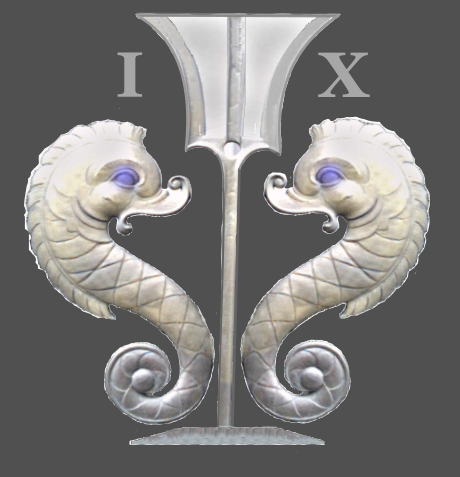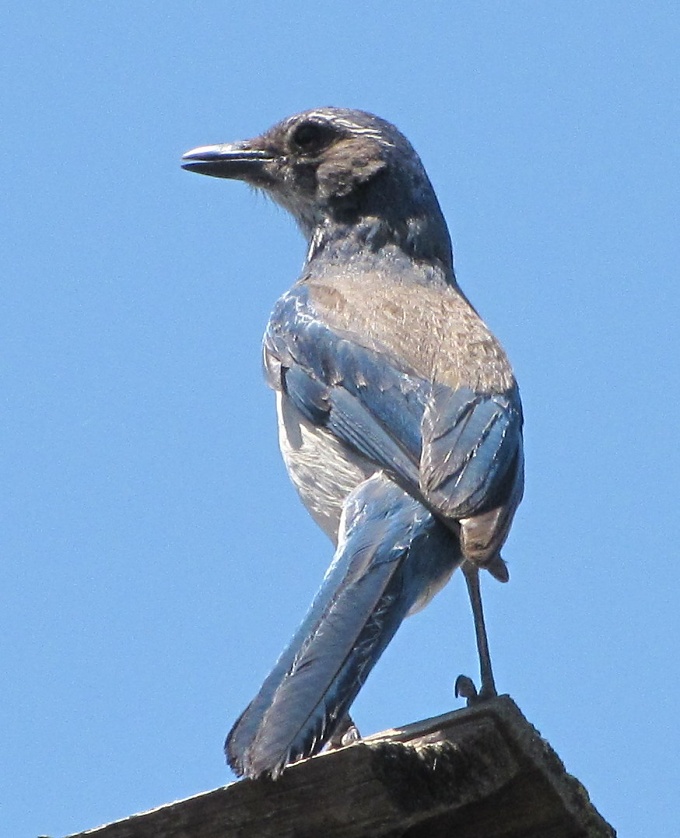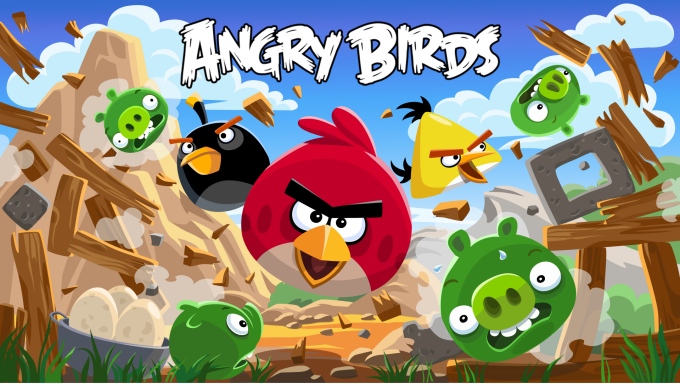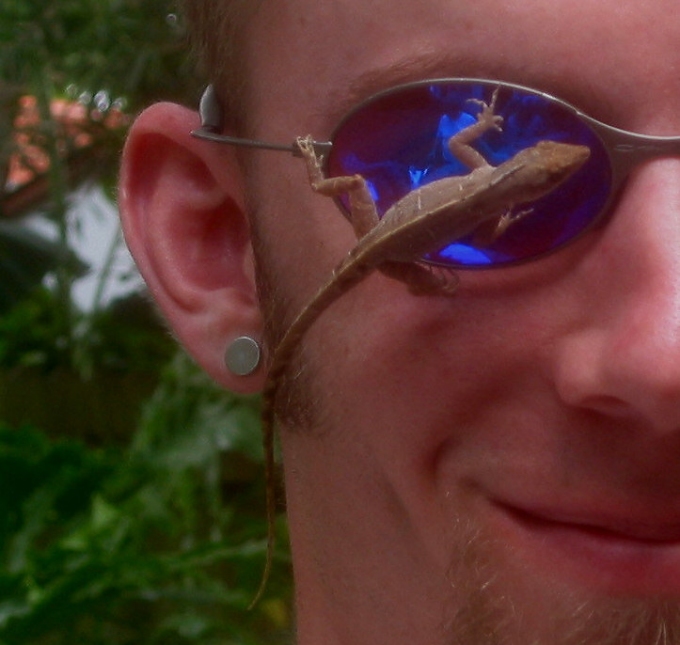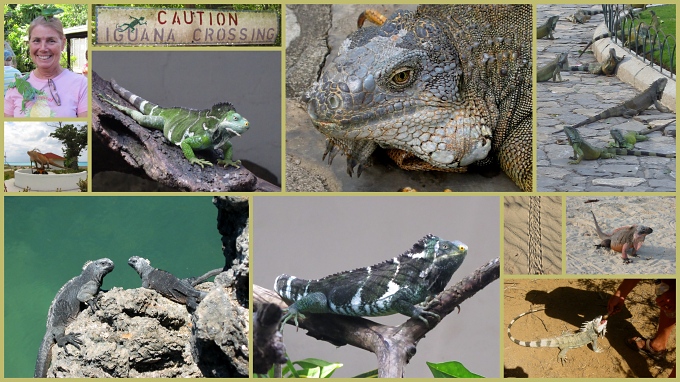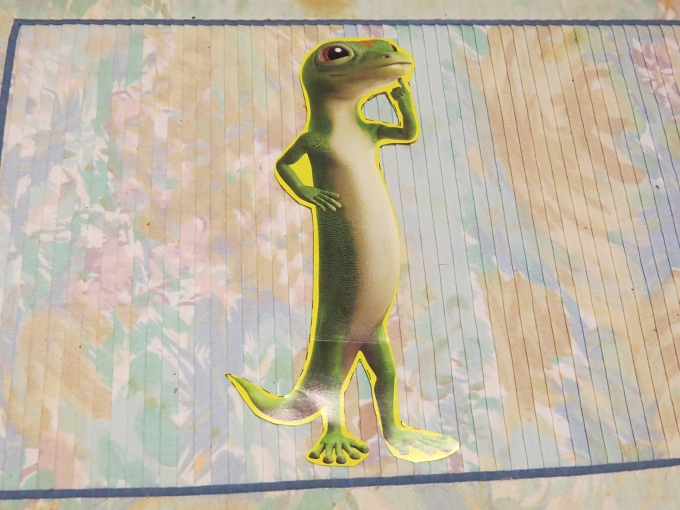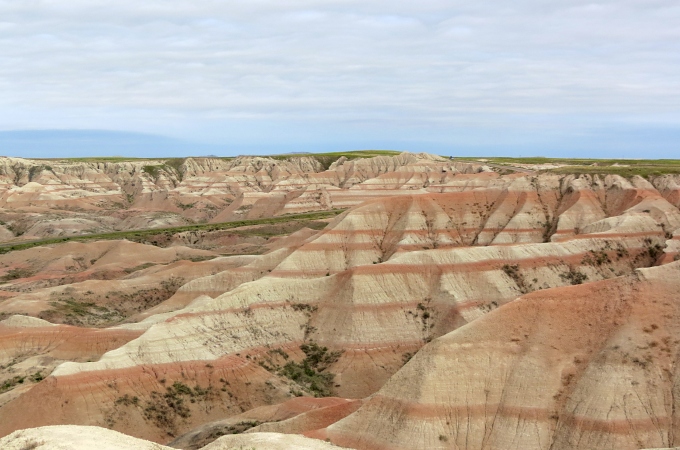Leave it to the Birds
/There's animalification, zoomorphism, personification, anthromorphization and… I've got a new one for you … avimorphism … ascribing bird characteristics to humans, usually in the form of similes. It's a new word. I just coined it.
You know what I mean … if you call someone a magpie, it connotes that that person is a gossip or prone to excessive chat. In Australia, if you're called a “galah”, it means you're a stupid, dull-witted person. Actually, we kind of liked the look of galahs … pink and white cockatoos. We never got the chance to evaluate their intelligence level, but we assume someone has. If not a gallah, perhaps they'd call you a birdbrain or a booby (named “bobo” by the Spanish, meaning fool).
We tend to refer to lawyers as vultures, circing the dead, so they can eat the remains. There are probably other descriptive and more derogatory terms for lawyers, but vulture works.
You can be “proud as a peacock” when you strut your stuff or “graceful as a swan”.
“Bald as a coot” and “naked as a jaybird” or as the Brits say “naked as a robin”. As far as I can tell, coots aren't bald. They may look it, but they're not. Jaybirds have lovely blue and grey feathers and robins aren't naked at all.
There are old “crows” and someone can be “silly as a goose”. Not that I especially like crows, but I'm not sure I've ever seen an old one. It's hard to determine their age at all. As far as geese go, “silly” is not the adjective I would have chosen to describe them, nor the people that they're silly as. Maybe I would have said “honked as a goose”, but I'm not sure what that would mean any more than “silly” … where do you suppose that came from? I do, unfortunately, get that distinctly extinct feeling when I hear “dead as a dodo” though.
I'm more inclined to use the positive attributes of our feathered friends. Being on the boat, we many times feel we're “free as a bird” and when we congregate with other folks who are like-minded, we consider them “birds of a feather”. I think the captain might be wise as an owl (I'll get extra credits for saying that) except when he's driving and gets cut off and “flips someone the bird”. Hmmm...I guess that's a whole other discussion. Makes me want to stick my head in the sand.
